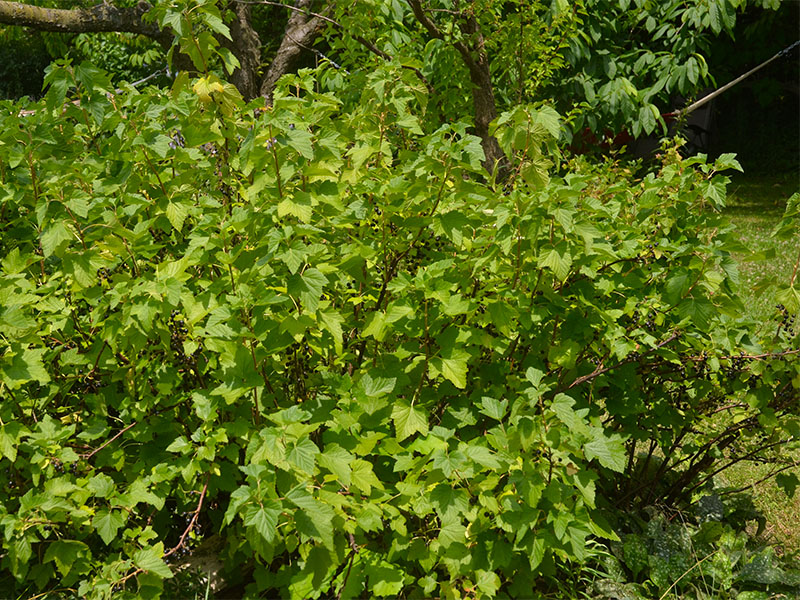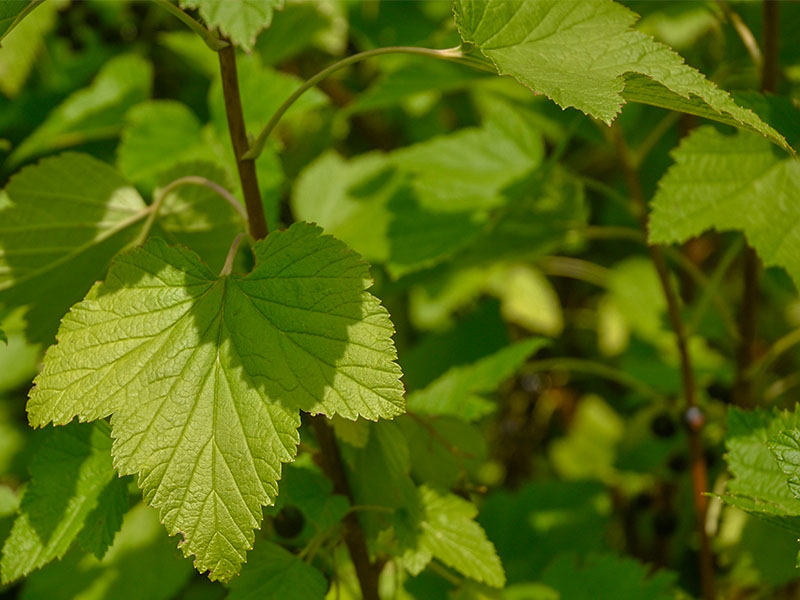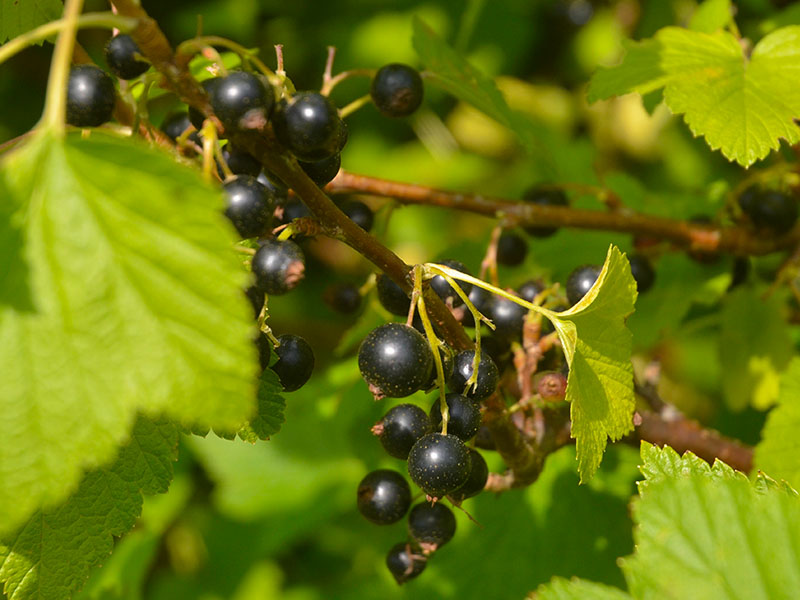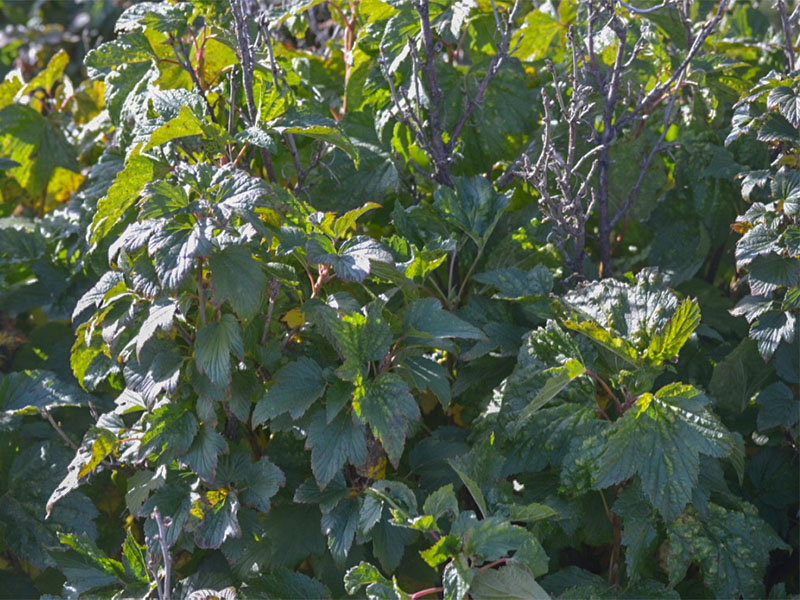
Woody > Ribes > Ribes nigrum > Ribes nigrum
Ribes nigrum
Black Currant
| Family |
| Grossulariaceae |
| Genus |
| Ribes |
| Species |
| nigrum |
| Category |
| Woody |
| Type |
| Shrub (evergreen) |
| USDA Hardiness Zone |
| 2 |
| Canadian Hardiness Zone |
| 3 |
| RHS Hardiness Zone |
| H7 |
| Temperature (°C) |
| -10 |
| Temperature (°F) |
| 0 |
| Height |
| 1 - 1.5 m |
| Spread |
| 1 - 1.5 m |
Photographs
Description and Growing Information
Flowering Period
| Landscape |
| Cottage and informal gardens, in fruit gardens or as a specimen. |
| Cultivation |
| Grow as a stolid busy in full sun in fertilized, moist but well-drained clay, loamy or sandy soils. |
| Shape |
| Loose bushy. |
| Growth |
| Medium |
| Pests |
| Gall mites, gall midges and aphids. |
| Habitat |
| Forest edges. |
| Bark/Stem Description |
| Smooth, semi-glossy woody bark. |
| Leaf Description |
| Palmately lobed, semi-glossy evergreen leaves with minor serration. |
| Flower Description |
| Terminal clusters of small, insignificant cup to bell-shaped flowers in spring. |
| Fruit Description |
| Small, glossy, edible round black currant berries that grow in clusters. |
| Colour Description |
| Medium green to dark green foliage, small white flowers, dark brown bark and stems and deep blue to black berries. |
| Texture Description |
| Medium. |
| Notable Specimens |
| The Living Center, Delaware, Ontario, Canada |
| Propagation |
| By hardwood cuttings. |



